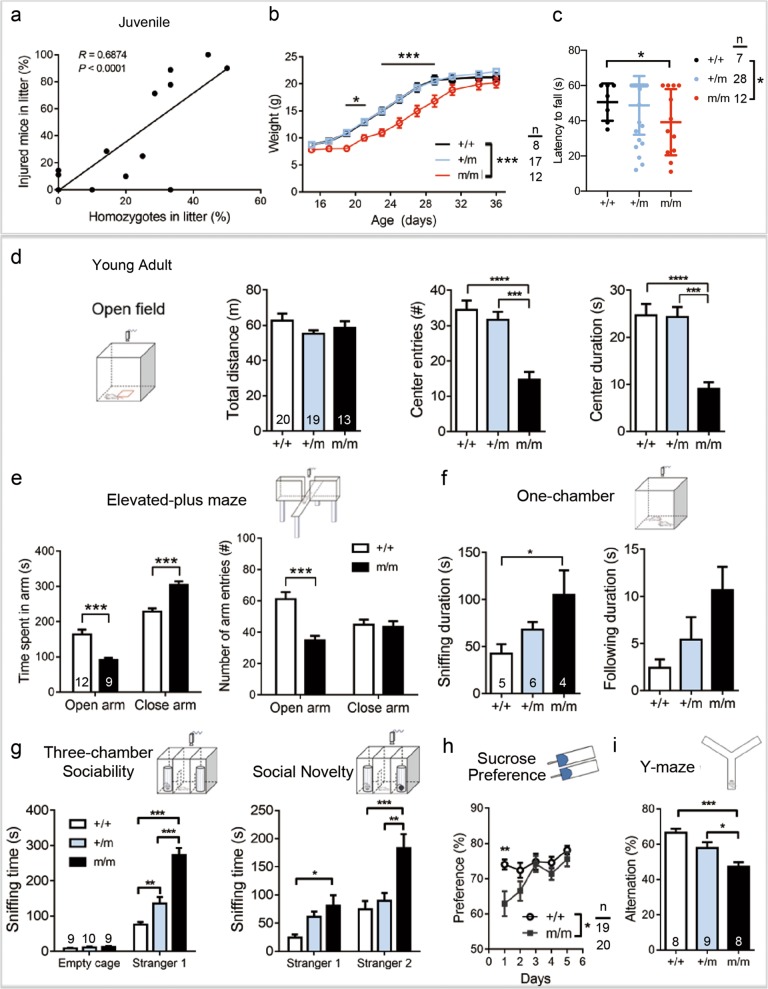Fig. 1. Behavioral problems relevant to emotional dysregulation in Lrrc7 mutant mice.
a Juvenile mutant mice caused injury to littermates as illustrated by a positive correlation between the percentage of injured mice and the percentage of homozygous mutants within the litter counted at day 26 of age. n = 17 litters, 8–10 mice per litter (Pearson correlation, P < 0.0001). b Transient growth retardation of homozygotes around weaning (two-way repeated measure ANOVA, genotype: F(2,374) = 84.43, P = 0.00014; Bonferroni post hoc test, *P < 0.05, ***P < 0.001). c Wire hanging time of day 16 mice (one-way ANOVA P = 0.0126; Tukey’s post hoc test, *P < 0.05). Data collected from six litters. d–i Behavioral tests at young adulthood: d Mutants showed anxiety behavior in the open field test (center entries: one-way ANOVA, P < 0.0001; center duration: one-way ANOVA, P < 0.0001. Tukey’s post hoc test, ***P < 0.001, ****P < 0.0001). e Anxiety behavior in the elevated-plus maze as indicated by increased time spent in close arms and reduced entries to open arms (two-way ANOVA, time spent in arms: genotype: F(1,38) = 46.69, P < 0.0001; arm entries, genotype: F(1,38) = 13.06, P = 0.0009; Bonferroni post hoc test, ***P < 0.001). f Heterozygous and homozygous mice showed a trend of increased social interaction with the stranger mouse (Sniffing: one-way ANOVA, P = 0.0399, Tukey’s post hoc test, *P < 0.05; following: one-way ANOVA, P = 0.0623). g Increased sociability of heterozygous and homozygous mutants in the three-chamber test (two-way ANOVA: Sociability, genotype: F(2,40) = 34.90, P < 0.0001; Social Novelty, genotype: F(2,40) = 13.75, P < 0.0001; Bonferroni post hoc test, *P < 0.05, **P < 0.01, ***P < 0.001). h Mutant mice showed a significantly reduced preference for sucrose solution on the first day of test (two-way repeated measure ANOVA, genotype: F(1,185) = 6.99, *P = 0.011; Bonferroni post hoc test, **P < 0.01). i Impaired spatial working memory as suggested by reduced alternation in arm entry in Y-maze (one-way ANOVA, P = 0.003; Tukey’s post hoc test, *P < 0.05, ***P < 0.001). Number of mice indicated in graph or under n in diagram. +/+ wild-type; +/m heterozygotes; m/m: homozygous Lrrc7 mutant

